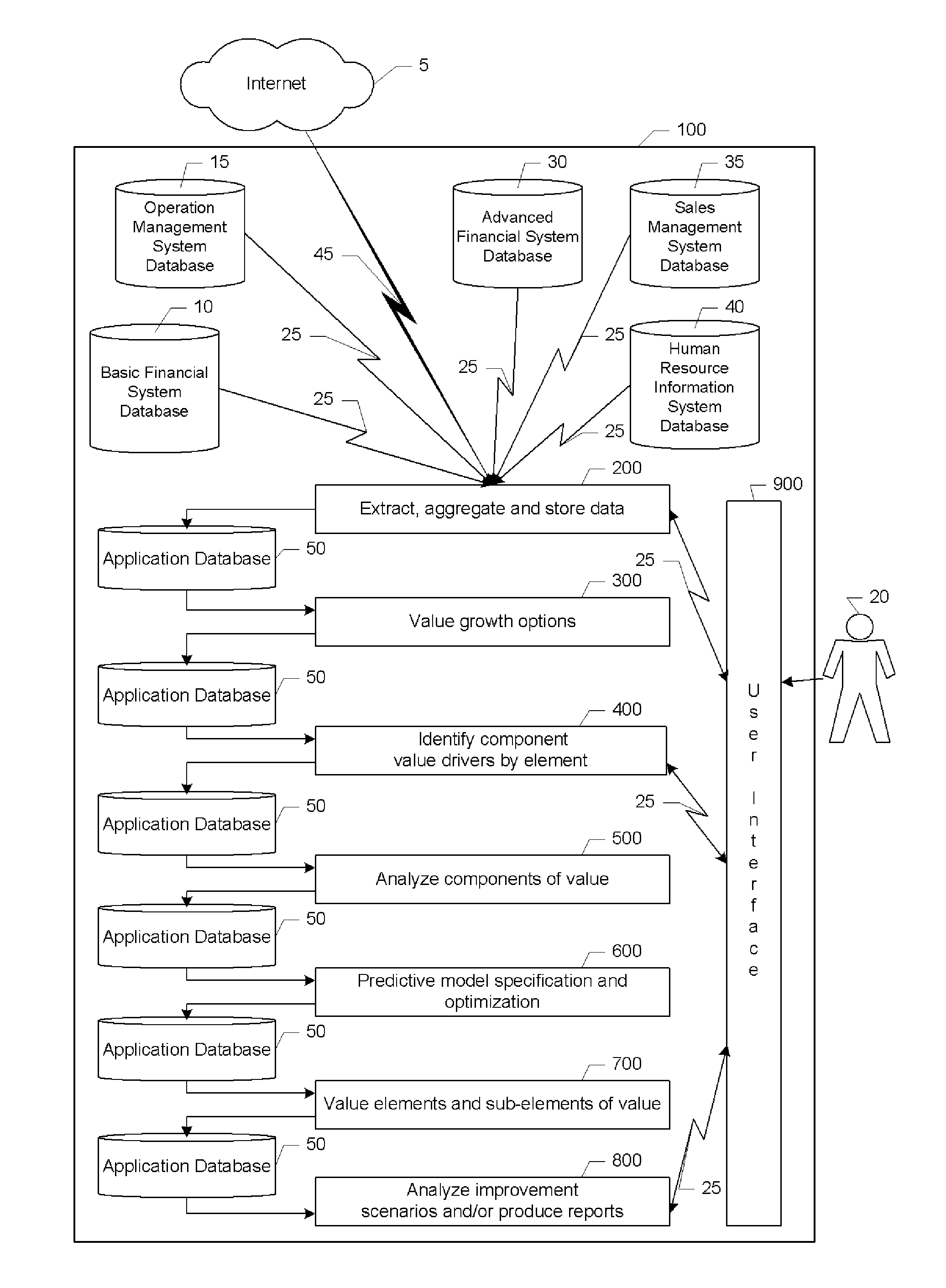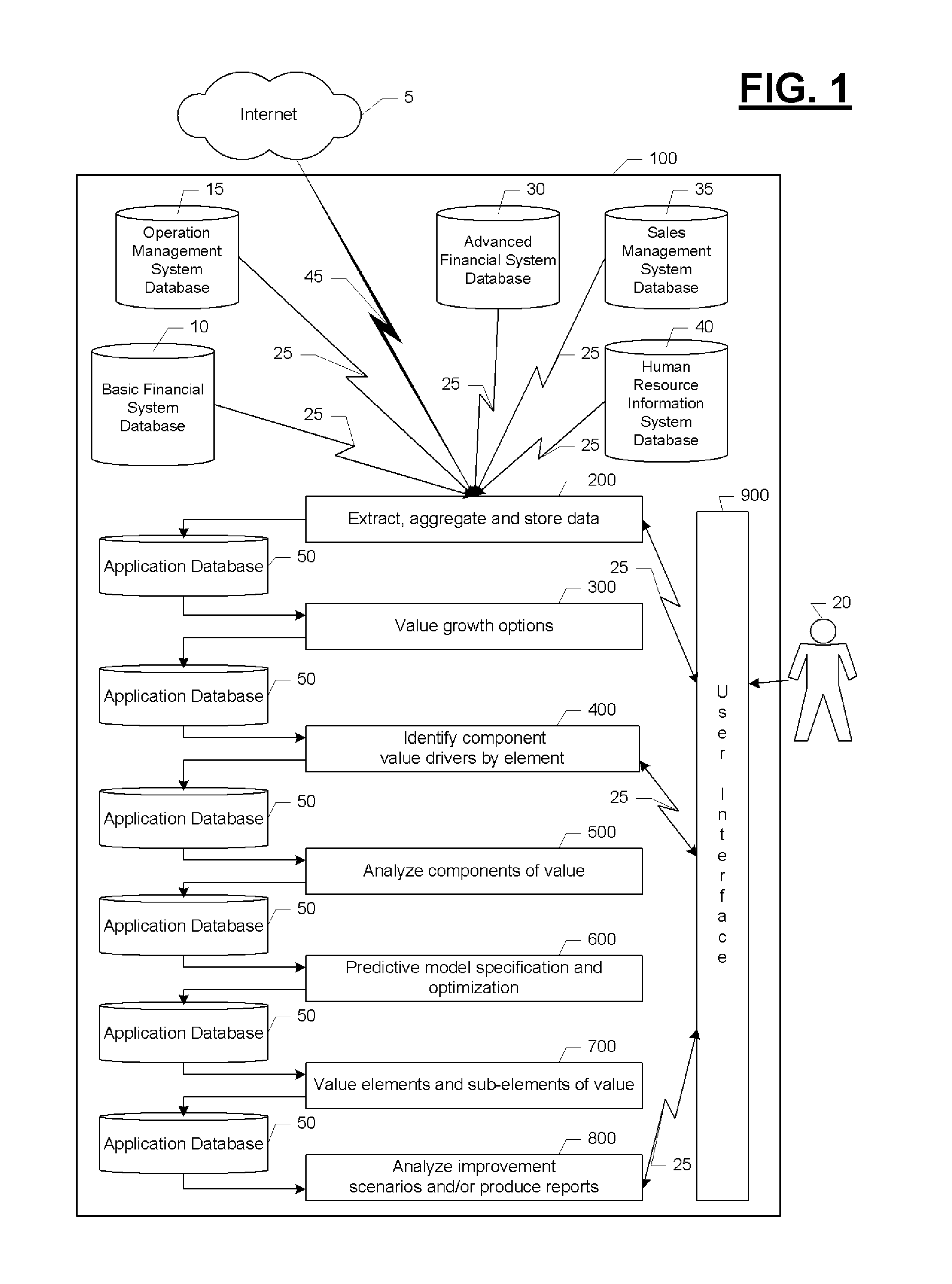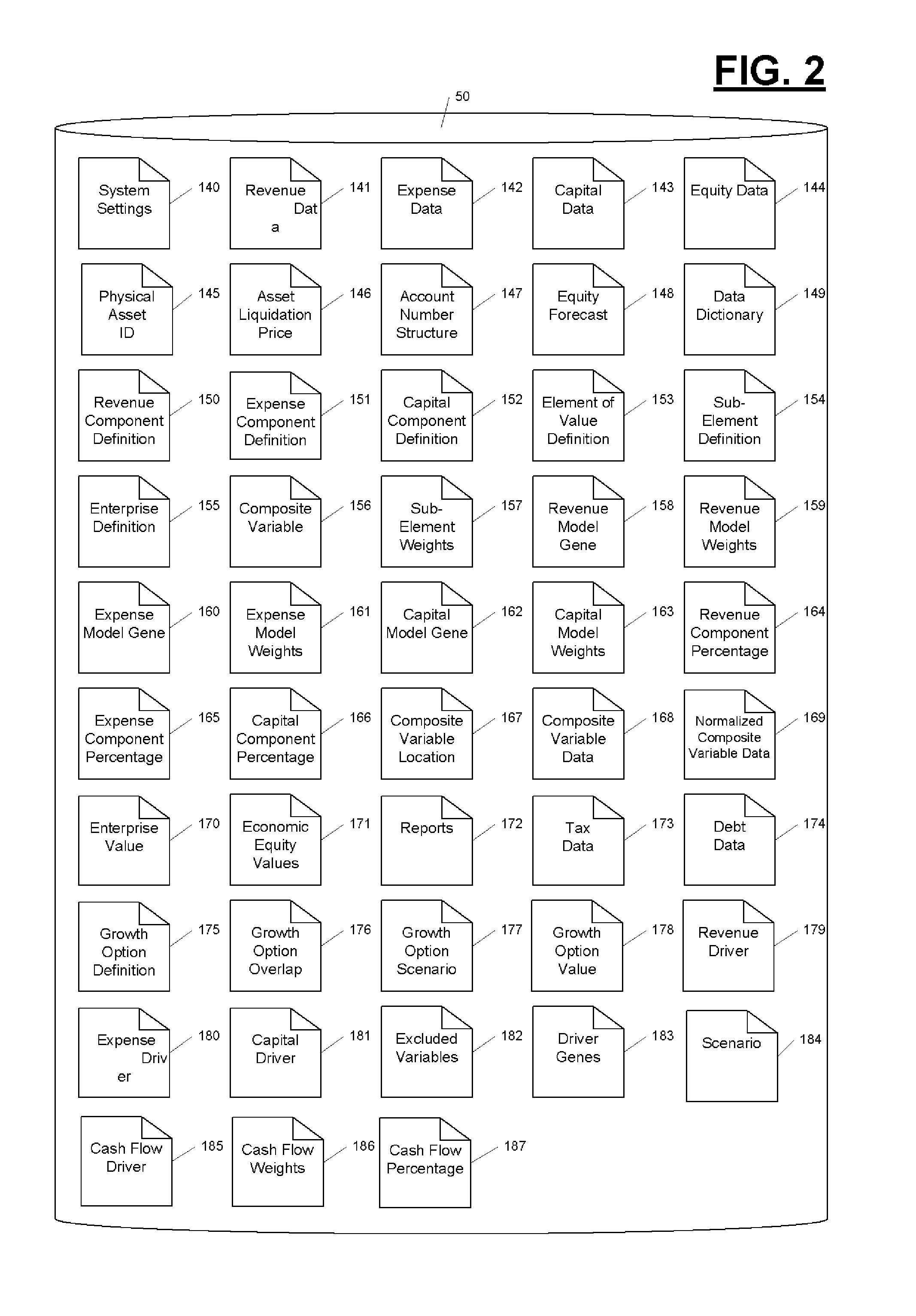Managing a business in a manner that creates long term value is a complex and time-consuming undertaking.
This task is complicated by the fact that traditional financial systems don't provide sufficient information for managers in the information age to make the proper decisions.
Many have noted that traditional accounting systems are driving information-age managers to make the wrong decisions and the wrong investments.
All three were showing large profits using current accounting systems while their businesses were deteriorating.
If they had been forced to take write-offs when the declines in intangible assets were occurring, the problems would have been visible to the market and management would have been forced to act on them much sooner.
The accounting profession itself recognizes the limitations of traditional accounting systems.
The deficiency of traditional accounting systems is also one of the root causes of the short term focus of many American firms.
Because traditional accounting methods ignore intangible assets, expenditures that develop a market or expand the capabilities of an organization are generally shown as expenses that only decrease the
current period profit.
Even when intangible assets have been considered, the limitations in the existing methodology have severely restricted the utility of the information that has been produced.
All known prior efforts to value individual intangible assets have been restricted to independent valuations of different types of assets with only limited attempts to measure the actual
impact of the asset on the enterprise that owns it.
At the same time, the high cost of data storage has until recently prevented the more detailed information required for valuing intangibles from being readily available.
In a similar manner, the absence of integrated corporate databases within corporations and the home-grown nature of most corporate systems has until recently made it difficult to compare similar data from different firms.
Unfortunately, even the firms that have established integrated
business management systems find that retrieving the information required to perform an integrated analysis of their data is a cumbersome task.
These firms also find that there are few tools that facilitate the analysis of the information after it is gathered together in one place.
The lack of a consistent, well accepted, realistic method for measuring all the elements of business performance and
value creation also prevents some firms from receiving the financing they need to grow.
As a result, these businesses generally aren't eligible to receive capital from traditional lending sources, even though their financial prospects are generally far superior to those of companies with much higher tangible book values.
Market valuations are also used in some cases but their use is restricted because of the difficulty inherent in trying to compare two different companies.
This method is difficult to use properly because no two companies are exactly the same and no two transactions are completed for the exact same reasons.
There are several difficulties inherent in this approach.
First, the reliance on informed guessing places a heavy reliance on the knowledge and experience of the appraiser.
The recent increase in the need for business valuations has strained the capacity of existing appraisal organizations.
The situation is even worse for many segments of the American economy where experienced appraisers don't exist because the industries are too new.
Another drawback of the current procedures for completing a valuation is that the appraiser is typically retained and paid by a party to a proposed transaction.
It is difficult in this situation to be certain that the valuation opinion is unbiased and fair.
Given the appraiser's wide
latitude for selecting the method, the large variability of experience levels in the industry and the
high likelihood of appraiser bias, it is not surprising that it is generally very difficult to compare the valuations of two different appraisers—even for the same business.
These limitations in turn serve to seriously diminish the usefulness of business valuations to business managers, business owners and financial institutions.
The usefulness of business valuations to business owners and managers is limited for another reason—valuations typically determine only the value of the business as a whole.
Finally, it is worth noting that the limitations of the general ledger accounting systems discussed previously (lack of information about intangible assets) also extend to the business valuations that are completed based largely on the information provided by general ledger systems.
Unfortunately, these same limitations also extend to the all known efforts to analyze and / or simulate the
impact of changes in business on financial performance and
value creation.
The lack of detailed information on intangible assets and their impact on
value creation has limited
simulation products such as the Small Business Financial Manager to projecting the impact of changes in revenue, expense or balance sheet items (tangible assets and financial liabilities) on financial performance.
Given the growing importance of intangible assets to financial performance and value creation, the utility of these systems is very limited.
In a similar manner the lack of quantitative information on the impact of intangibles on financial performance has limited the usefulness of
simulation products such as Tango that incorporate generic information regarding intangibles.
The limited usefulness of financial
simulation products also extends to all known efforts to simulate or optimize improvements in one or more of the components of value, revenue, expense or capital requirements.
Because intangible elements of value can be shown to have direct causal effects on these components of value, efforts to simulate or optimize these elements without explicitly considering the impact of intangible elements of value are destined to be inaccurate and unreliable.
 Login to View More
Login to View More  Login to View More
Login to View More 


